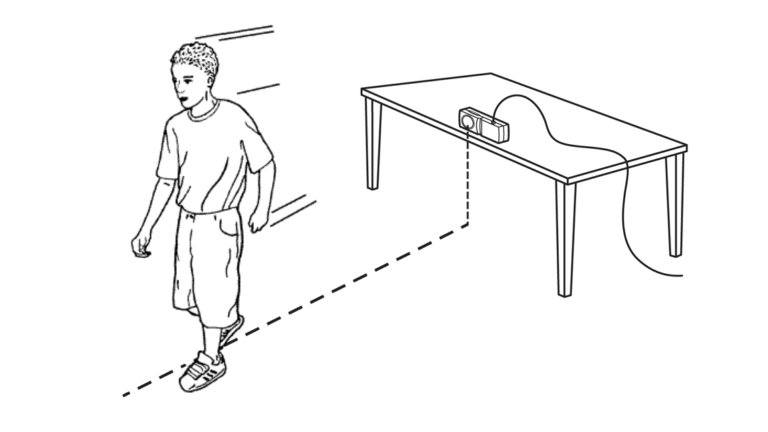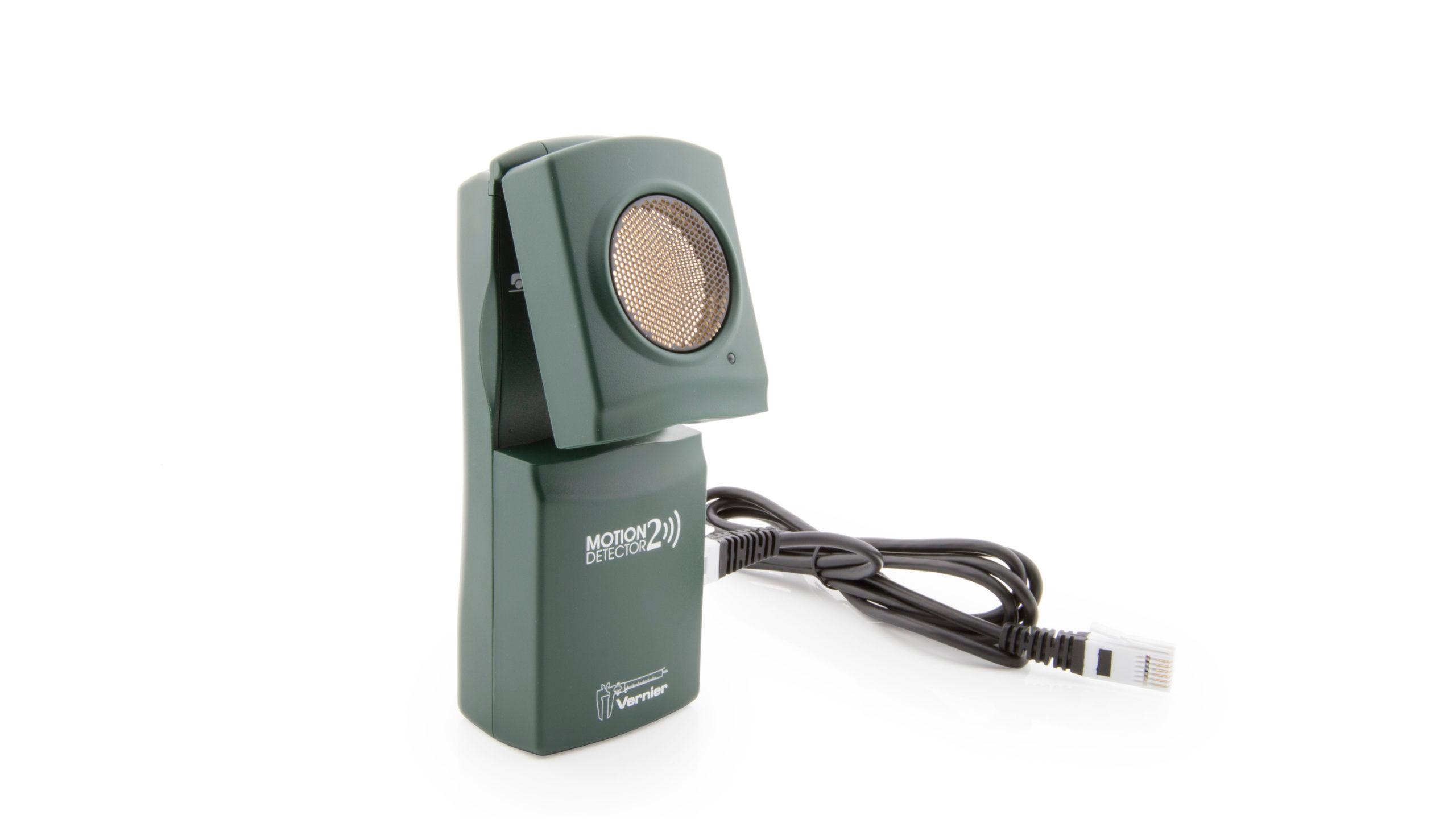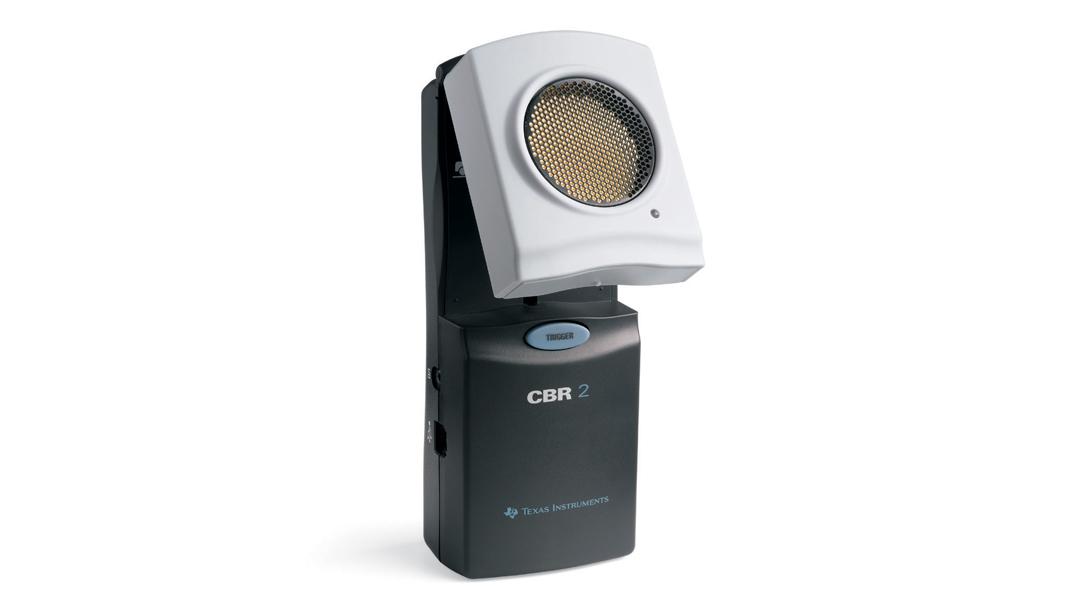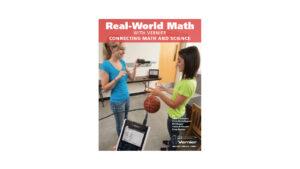Walk This Way – Definition of Rate
Experiment #11 from Real-World Math with Vernier
- Education Level
- High School

Introduction
A rate is defined as some quantity divided by a time interval. For walking, we would define the rate of walking (commonly called speed, if we just consider walking in one direction) as the ratio of the distance walked divided by the time interval taken to do the walking.
From this definition you can also work backward. If you know the rate, or speed, of walking, as well as the time interval walked, you can find the distance traveled using
Strictly, the rate defined above is the average rate, so for non-constant speeds we will need to find the average speed for use with the formula.
A Motion Detector will give you the speed of a walker versus time. (The Motion Detector will actually give you velocity versus time, but for motion away from the detector speed and velocity are the same.) The product of rate and time interval is the area under the curve of the speed versus time graph.
Objectives
- Measure distance and velocity versus time information for a walker.
- Compute the area under the velocity versus time graph, with units.
- Compare that area to the distance traveled by the walker.
Sensors and Equipment
This experiment features the following sensors and equipment. Additional equipment may be required.
Option 1

Option 2

Ready to Experiment?
Ask an Expert
Get answers to your questions about how to teach this experiment with our support team.
- Call toll-free: 888-837-6437
- Chat with Us
- Email support@vernier.com
Purchase the Lab Book
This experiment is #11 of Real-World Math with Vernier. The experiment in the book includes student instructions as well as instructor information for set up, helpful hints, and sample graphs and data.

